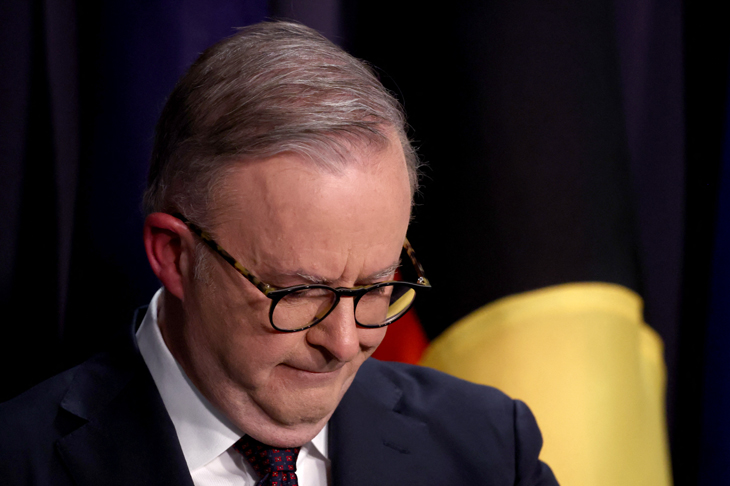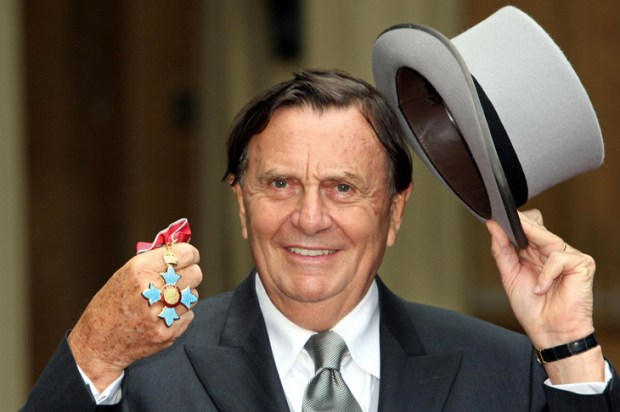Which part of ‘No thanks’, many Australians may be wondering, does our Prime Minister not understand? Six months after the Voice to parliament was kicked comprehensively into touch by every state, Mr Albanese continues to declare at every opportunity that he remains committed to achieving an objective which, whatever he said to the contrary during the campaign, he must always have intended to be the next cab off the Reconciliation rank.
Already a subscriber? Log in
Subscribe for just $2 a week
Try a month of The Spectator Australia absolutely free and without commitment. Not only that but – if you choose to continue – you’ll pay just $2 a week for your first year.
- Unlimited access to spectator.com.au and app
- The weekly edition on the Spectator Australia app
- Spectator podcasts and newsletters
- Full access to spectator.co.uk
Or
Unlock this article
You might disagree with half of it, but you’ll enjoy reading all of it. Try your first month for free, then just $2 a week for the remainder of your first year.















Comments
Don't miss out
Join the conversation with other Spectator Australia readers. Subscribe to leave a comment.
SUBSCRIBEAlready a subscriber? Log in